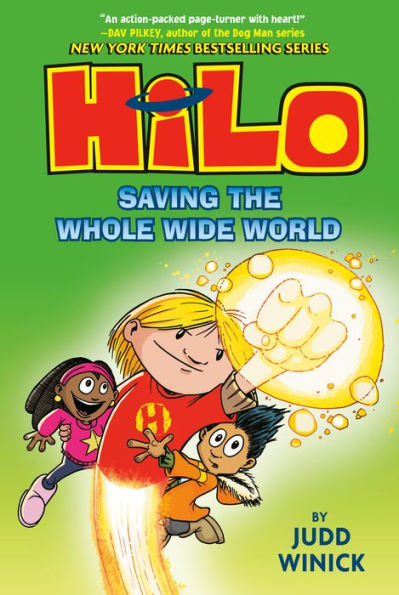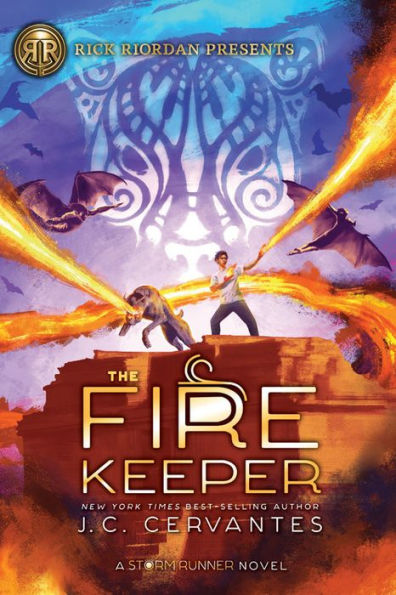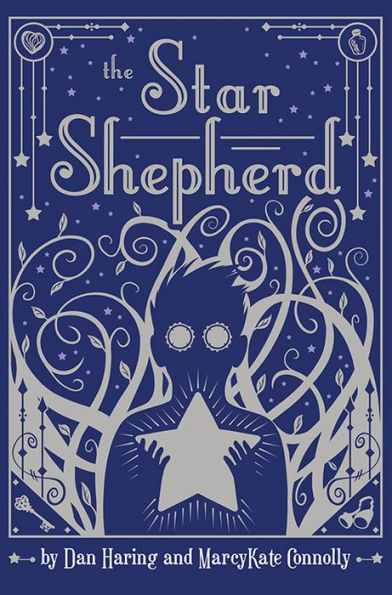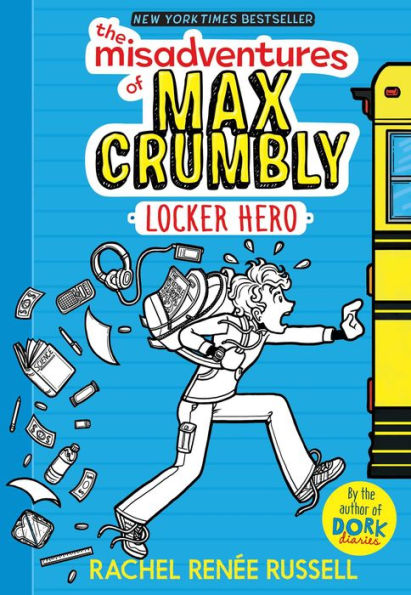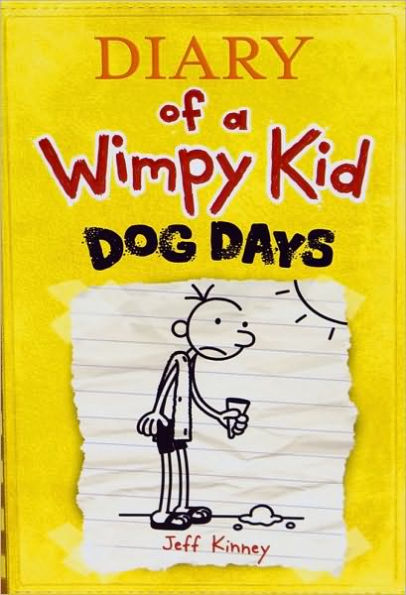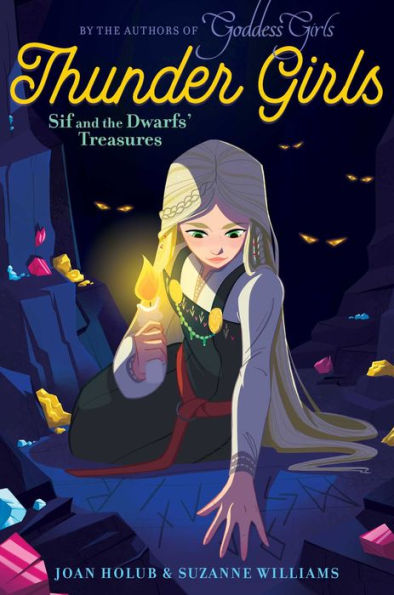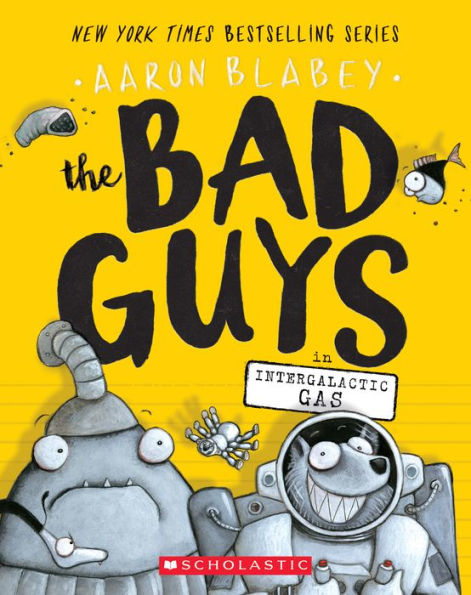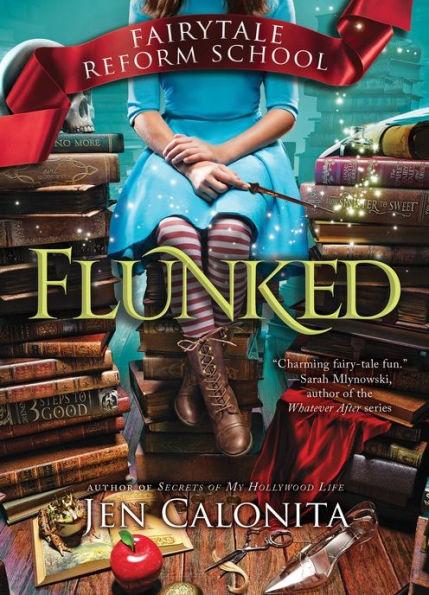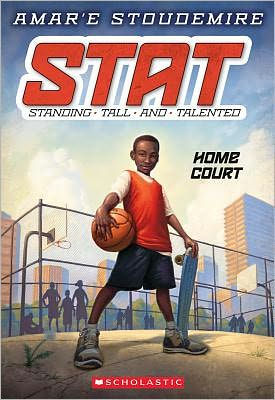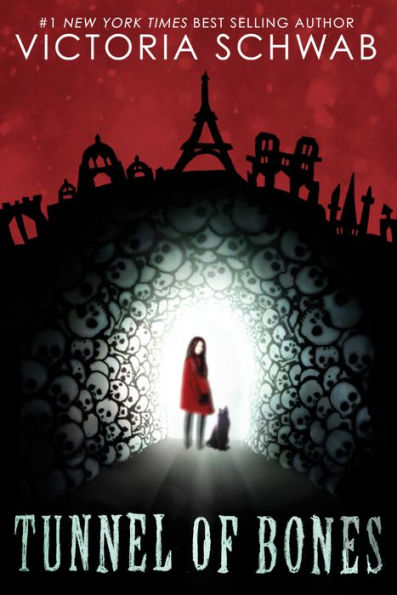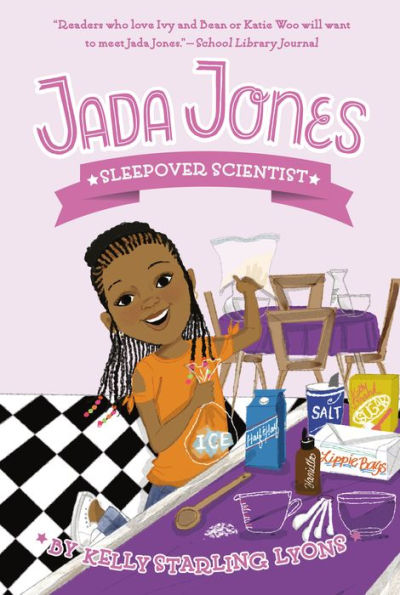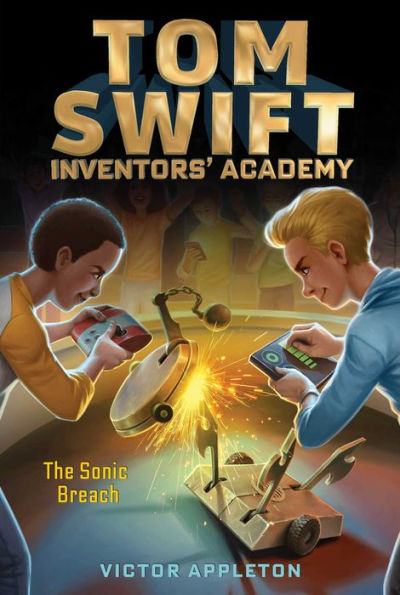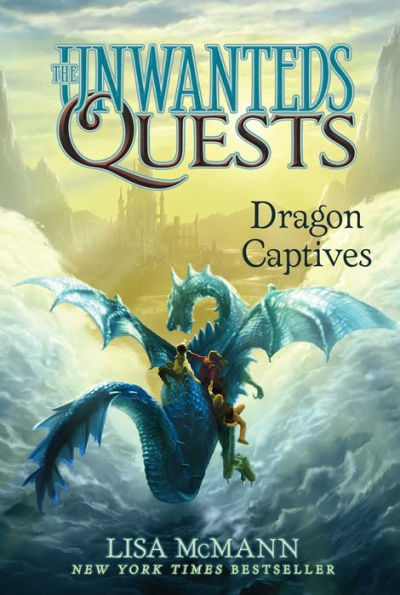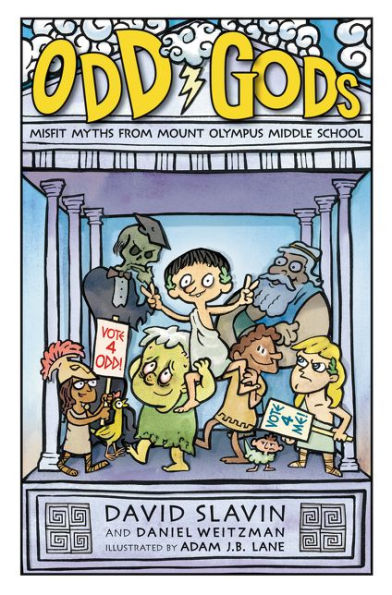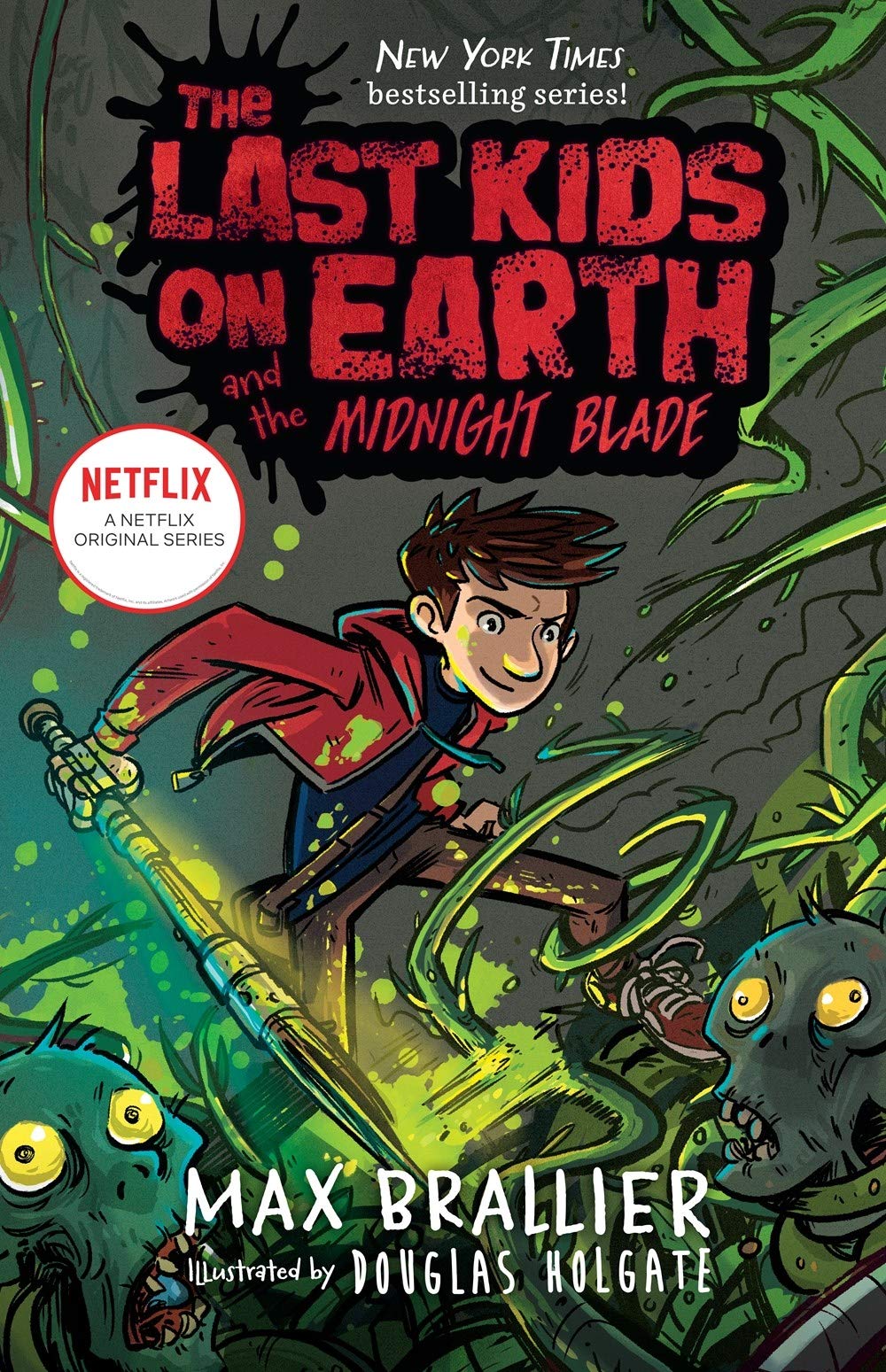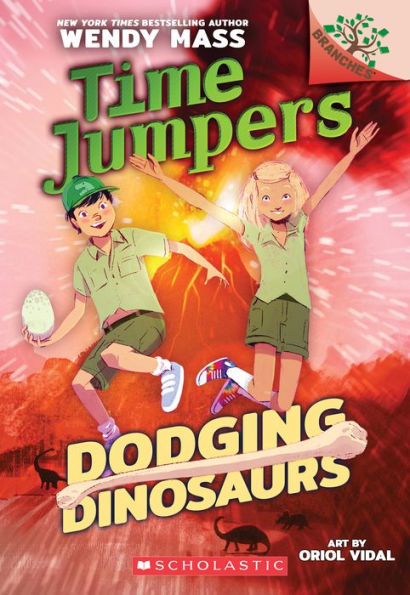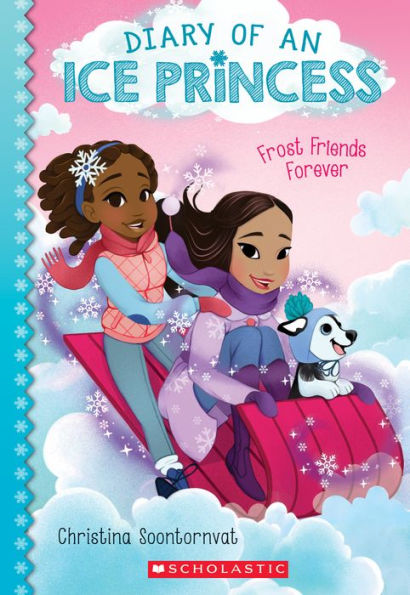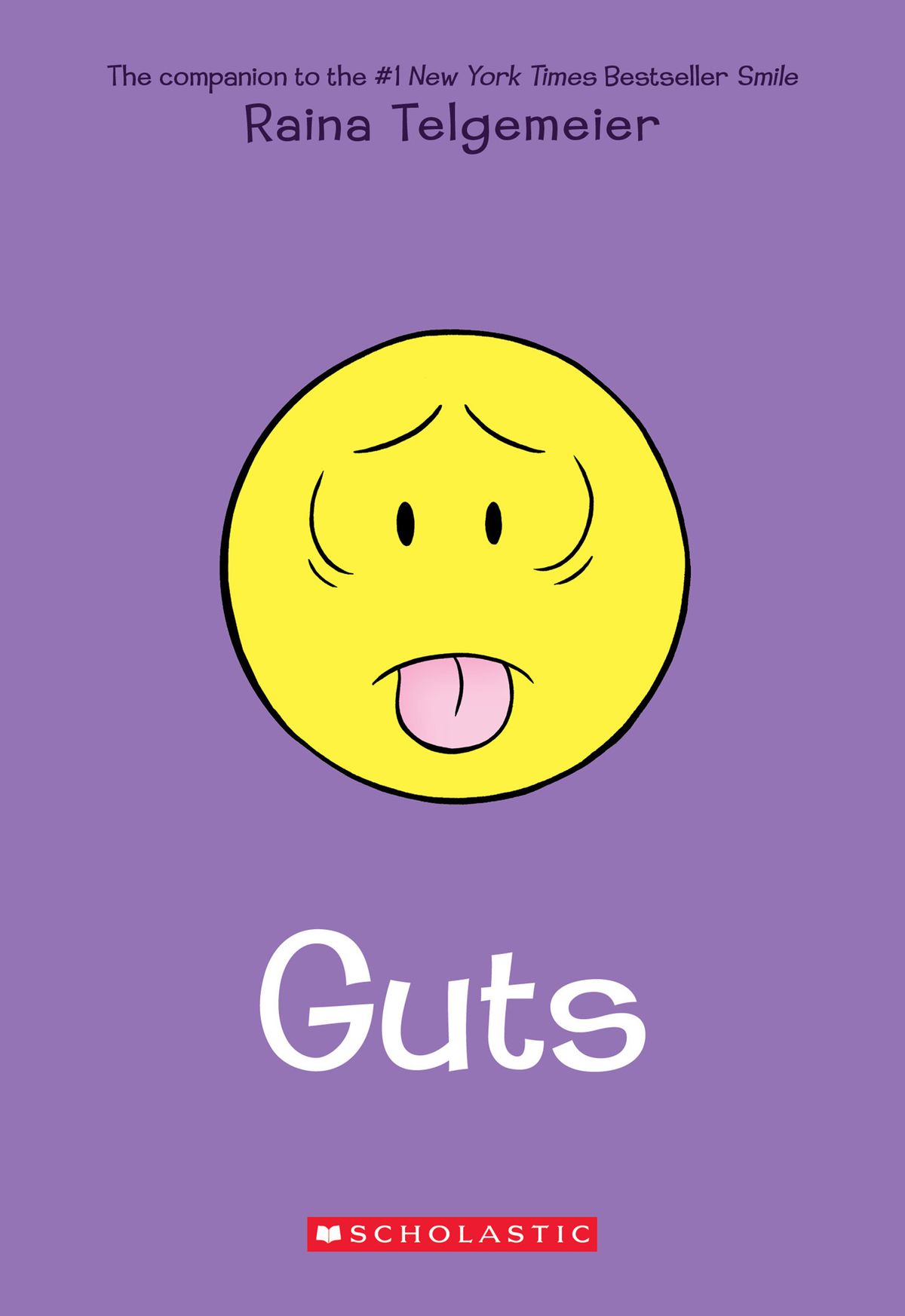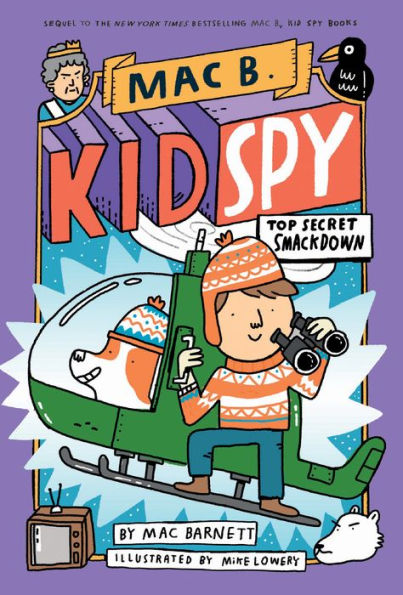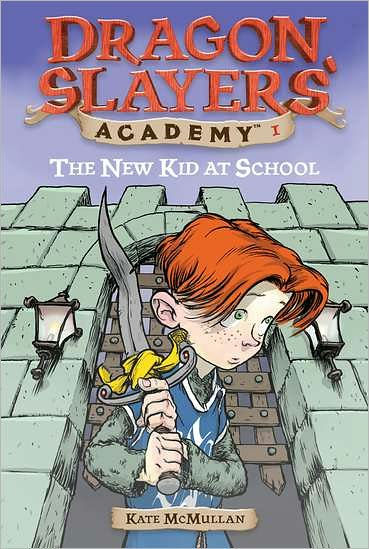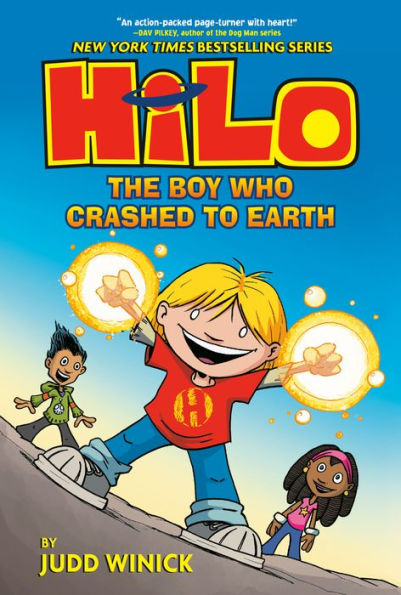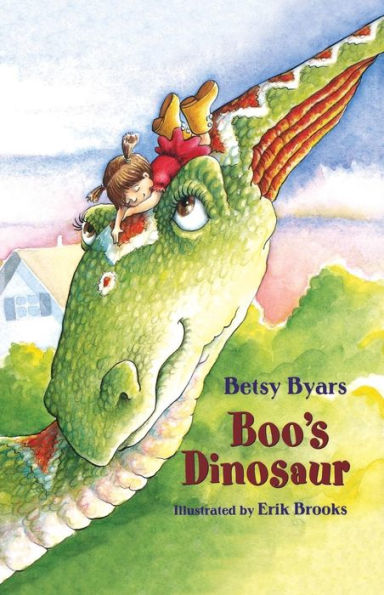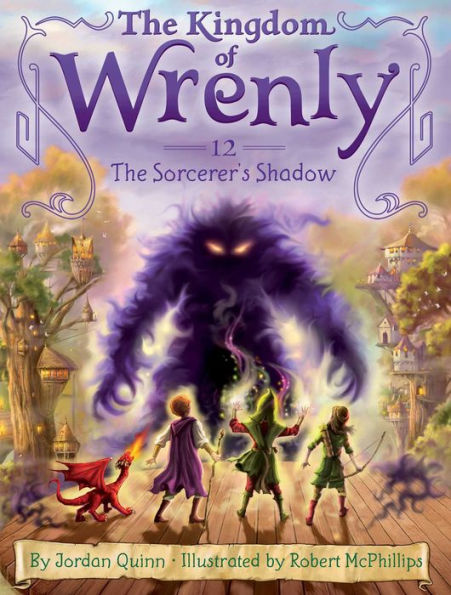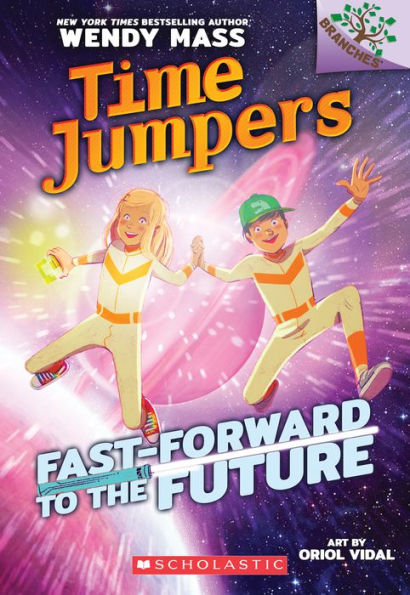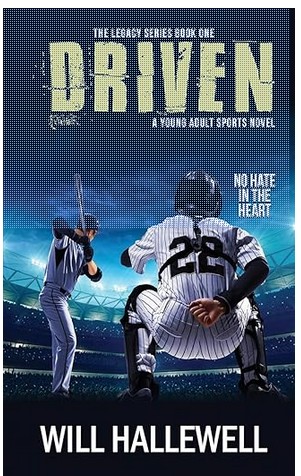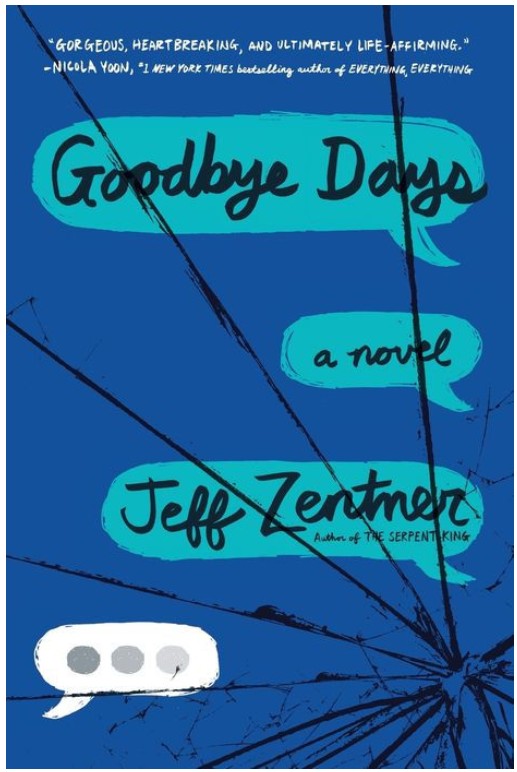Hilo doesn’t remember much about his past, but that’s not stopping him from settling into life on earth. Hilo has discovered bowling, knock-knock jokes, and some good friends. Strange portals begin opening up all over town, and strange creatures are coming through them. Hilo has a plan to send the giant mutant chickens, Viking hippo, and the millions of killer vegetables back to their homeworld. Can Hilo, D.J. and Gina send these creatures back to their worlds before they destroy the earth?
Saving the Whole World digs deeper into Hilo and his friends’ backgrounds as well as introduces a sorceress martial-arts cat named Polly. In addition to being a lot of fun, the ferocious Polly jumps into every battle. D.J.’s family also plays a positive role in the story. Readers will enjoy the hilarious awkward parental interactions. Readers will laugh out loud when D.J.’s mom finds monsters in her house and yells, “Monsters are in my kitchen! There’s a talking cat! And Hilo can fly! I need an explanation! Now!”
Hilo isn’t just a fun story about a super-strong robot boy. Saving the Whole World hits on topics such as family, friends, and fitting in. Several times Hilo reinforces the idea that “Trying to find stuff out is the best part of not knowing something.” Without sounding like a school lesson, Saving the Whole World introduces new vocabulary through Hilo’s speech. For example, Hilo says “Y’see, I lured Razorwark into this limbo. Lured. Isn’t it a great word? Lured: verb, past tense. To tempt a person or animal to do something or go somewhere.”
Brightly colored illustrations will capture readers’ attention, but readers will want to keep turning the pages because of the engaging story and the likable characters. The detailed illustrations show exaggerated facial expressions which will help readers understand the characters changing emotions. For maximum enjoyment, the stories should be read in order. Even though, the first chapter recaps the events in the previous books, the stories’ plots build on each other.
The book ends in a cliff-hanger that will have readers reaching for the next book, The Great Big Boom. Viking hippos, a magical warrior cat, and attacking vegetables combine to make a wonderful story that all ages will enjoy. If you’re looking for a story full of action and humor, Hilo is a perfect choice.
Sexual Content
- Lisa has a crush on Hilo. Whenever she sees him, a heart pops up over her head.
Violence
- Hilo and his friends find a robot in the bowling alley. When Hilo talks to the robot, the robot slams Hilo into a wall. Then, the robot begins “chucking bowling balls. Hilo throws the robot into the snow, where it short-circuits. Hilo sends the robot back to its home planet.”
- Hippopotamuses fall from a portal and Polly shoots them with a laser. Polly yells, “That’s right whale bellies!” Then the hippopotamuses fight back with their own lasers.
- A monster robot falls from a portal and begins pounding a “mighty mart.” The robot grabs Hilo and Hilo uses his power to knock out the robot.
- A jabberwocky appears. When Hilo and his friends try to put the big bird into a cage, the bird steps on Polly.
- When four monsters appear in D.J.’s kitchen, D.J. throws tennis rackets at them. The monsters chase D.J. who runs outside and jumps on a trampoline. When the monsters follow, the trampoline breaks, and the monsters get stuck.
- Rapscallions, living vegetation, begin taking over everything, including buildings. Hilo and his friends begin whacking them with maces and lasers. Hilo yells, “I think we’ve got these veggies on the run!” When it looks the vegetation might win, Hilo blasts them with ice. The rapscallions are sent through a portal to the void.
- Razorwark controls another robot and grabs Hilo, so Hilo cannot help his friends. In an attempt to hurt Hilo’s friends, Razorwark opens a portal that sucks Gina up. When Razorwark tries to convince Hilo to join him, Hilo shoots the robot with his laser hands
Drugs and Alcohol
- None
Language
- Hilo is in a space void. Hilo says the void smells “like a gorilla’s armpit.” Later Hilo gets “hurled into a new spot. Smells like elephant butt.”
- Some kids call D.J. a dweeb.
- “Holy Mackerel” is used as an expression occasionally.
- While eating dinner, D.J. and his sibling discuss how mangos make Dexter “poop weird.”
- When fighting hippopotamuses appear, Polly yells, “Come back and fight, you bloated, zit-caked boils from a troll’s butt.”
- There is some name-calling. For example, space squid, bubble butt, phlegm-spitting ogre.
- “Dang” is used twice.
Supernatural
- Polly is a magical warrior cat and an “apprentice sorceress third class.”
- Hilo is a living, feeling robot who can shoot lasers out of his hand. He discovers that he can also “freeze your hands with your breath and blast ice.”
Spiritual Content
- None
